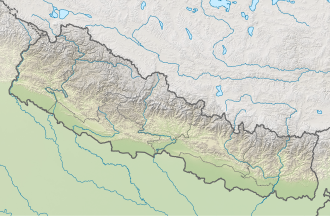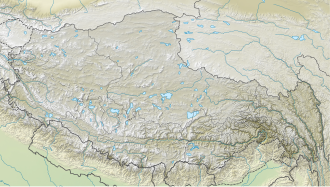| South Col | |
|---|---|
 The pinnacle in this view is the South Summit viewed from the South Col | |
| Elevation | 7,906 m (25,938 ft) |
| Traversed by | A Swiss expedition in 1952 |
| Location | Nepal (Khumjung) – China (Tibet) |
| Range | Mahalangur Himal |
| Coordinates | 27°58′30″N86°55′55.5″E / 27.97500°N 86.932083°E |
The South Col is a col between Mount Everest and Lhotse, the highest and fourth-highest mountains in the world, respectively. The South Col is typically swept by high winds, leaving it free of significant snow accumulation. Since 1950 (when Tibet was closed), most Everest expeditions have left from Nepal and gone via the southeast ridge and the South Col (instead of via the North Col). When climbers attempt to climb Everest from the southeast ridge in Nepal, their final camp (usually Camp IV) is located on the South Col.




